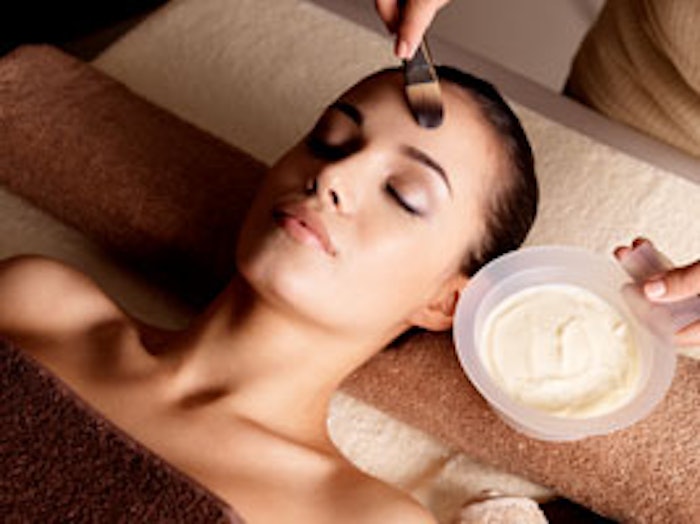
Pricing a product or a service is more than just a competitive game of numbers. There are many factors to evaluate that make pricing one of the most difficult decisions a spa owner or manager must make.
Set the price too high, and price-conscious spa-goers will choose competitors who offer cheaper prices. Set the price too low, and spa owners may end up with lower sales revenue due to uncovered costs. Either way, loss of revenue is the inevitable price to pay for inaccurate pricing.
So, when it comes to the pricing game, how do you find the sweet spot?
Know the costs
According to Financial Management for Spas, available as a textbook and course through the International SPA Association (ISPA), profits should occur because revenues generated have been carefully calculated to exceed cost.
When pricing is based on a cost approach, three modifying factors must be considered: historical prices; perceived price and value relationships; and competition.
Past prices must be considered because dramatic rate changes may drive clients away. For instance, if a one-hour massage treatment with a realistic price of $60 was mistakenly marked at $50 for a year, it is best to slowly increase the rate by implementing an incremental increase over a period of time.
Know the market
When it comes to pricing, it’s about conveying value to clients. Thus, it is critical to understand how to create a price point that leads clients to believe they are receiving a good value for the price they are paying.
Psychological pricing. This is an approach wherein prices are established on the basis of what the client expects to pay—primarily used by businesses that believe their clients’ perception to cost is tied to quality.
For instance, while Western spas generally find success in drawing clients in by offering a temporary price reduction, Chinese spa-goers have a completely opposite view toward discounted treatments. Influenced by a cultural preference toward upscale and imported brands, Chinese spa-goers perceive discounted products or treatments as inferior in quality, making them less likely to patronize spas that heavily use affordable rates and discounting as a marketing tactic.
To get valuable insight on how price-sensitive clients are, consider conducting an informal survey that asks how much clients are willing to spend on a product or treatment.
Know the competition
Understanding the competitive market is critical because if other factors—such as atmosphere and service—are equal, price becomes the differentiating factor.
Do you want to be the price-leader in your area? Do you want to steal market share by offering mid-range prices? Do you want to expand the size of the market by setting prices below market pricing? These are just some important questions spa owners should ask themselves when examining their competition and their own price point.
Keep in mind that periodically evaluating the menu of services in order to assess both pricing and demand is the most critical part of pricing. Aside from reviewing the financial report, consider involving team members in the pricing process.
Jen Spencer, spa director of Santé Spa Victoria in British Columbia, Canada, says she allows her team to help with various pricing decisions and stages of menu development. “A concierge supervisor may give valuable feedback on what is selling on the floor, while lead therapists may focus their insights on protocols and techniques,” Spencer says.
Whichever approach you may want to employ to play the pricing game, remember that, in the eyes of the spa client, the right price is the price that offers the best value.
Mae Mañacap-Johnson is the editor of Pulse magazine, which is circulated to ISPA members in more than 70 countries around the globe. Established in 1991, ISPA is a professional organization representing health and wellness facilities and providers. Additional insights on retail and inventory management can be found in Pulse and ISPA’s Retail Management for Spas.










